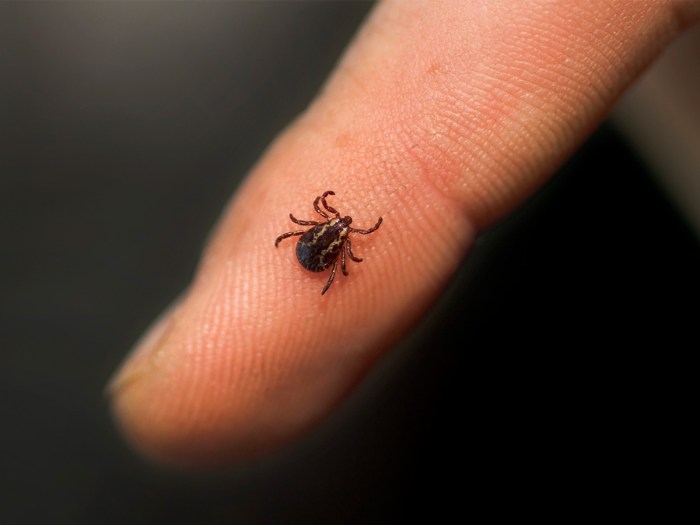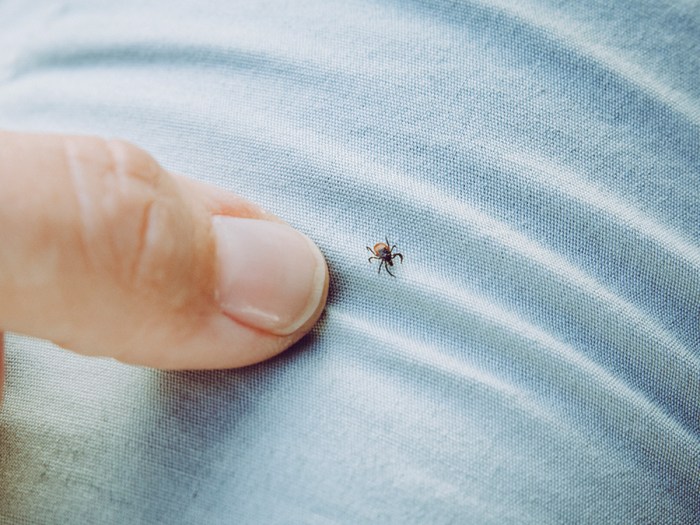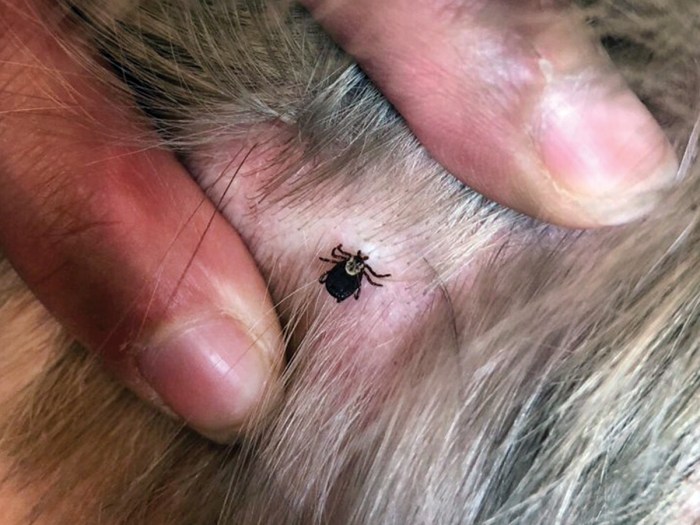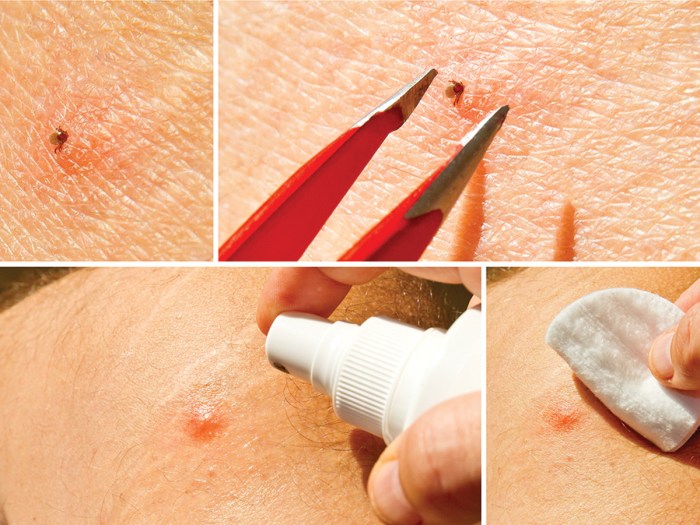How to Prevent and Treat Tick Bites

A tick bit Olivia Goodreau when she was 6 years old. That tick was infected with a bacteria that causes Lyme disease.
Olivia and her family didn’t see the tick, and she didn’t get the “bull’s-eye” rash that happens with many people bitten by Lyme-carrying ticks. Those people are lucky, because the rash alerts doctors to what the problem is. Those newly diagnosed with Lyme disease may be able to take antibiotics for 30 days and be rid of the disease.
Without the visible rash, it took 51 doctors more than 18 months of appointments to confirm the disease. Now 15, Olivia still has what she calls “Lyme days,” when her muscles and joints hurt and she feels like she has the flu. Sometimes her eyesight is affected. Olivia will have Lyme disease for the rest of her life unless a cure is found.
Some 30,000 cases of Lyme disease are reported to the Centers for Disease Control and Prevention (CDC) each year in the United States.
Here’s what to do to protect yourself:
HOW TO PREVENT TICK BITES

- Ticks infest areas like shady woods, leaf and wood piles, tall grass, shrubs and logs. Be extra careful in those types of areas.
- Stay in the middle of trails when hiking.
- Wear light-colored or white clothing outside. It makes it easier to spot ticks on your clothes. Wear closed-toe shoes, long sleeves and long pants, and tuck pants into socks.
- Use EPA-recommended permethrin-treated clothes and permethrin spray on your shoes. Also apply tick repellent to exposed skin. Always follow manufacturer instructions.
- Immediately put your clothes in the dryer on high for 15 minutes when returning from outdoors.
HOW TO CHECK YOURSELF FOR TICKS

- Do tick checks every time you’ve been outdoors. Tick bites are painless, so you won’t know if you’ve been bitten.
- When checking for ticks, start at your toes and work all the way up to the top of your head. Ticks like warm areas on your body.
- Feel for bumps and look for small dark or brown spots.
HOW TO PROPERLY REMOVE A TICK

- If you find a tick, tell a trusted adult, parent, teacher, nurse or Scout leader immediately.
- Remove the tick properly and put it in a plastic bag to be sent for testing. To remove it, put on latex-free gloves and use tweezers to grasp the tick close to the skin. Grab the tick as close to its mouth as possible. Gently pull until the tick comes loose.
- Wash the wound with soap and water and apply antiseptic.
- If you have a rash or experience flulike symptoms in the next 30-60 days, contact your doctor.
TickTracker
 When she was 13, Olivia came up with the idea for the TickTracker app, which helps with tick identification, illness prevention and safety. Users can report sightings of ticks and incidents of bites and upload photos. The free app tracks tick populations on an interactive world map. Information is shared with Lyme research facilities to help scientists working to find a cure. Find out more at ticktracker.com
When she was 13, Olivia came up with the idea for the TickTracker app, which helps with tick identification, illness prevention and safety. Users can report sightings of ticks and incidents of bites and upload photos. The free app tracks tick populations on an interactive world map. Information is shared with Lyme research facilities to help scientists working to find a cure. Find out more at ticktracker.com
There is an article on ticks found in great numbers under barberry bushes where mice like to hide protected. Careful when pulling out Japanese barberry.
Just pull them out and flush them down the tolet, if you want, after their removal, pick their head off with your finger nails before the flushing, always gave me a since of satisfaction for biting me in the first place. Wash your hands, eat alot of fresh garlic, this also keep the mosquitoes from wanting to feed on you. This concept of garlic was from my vet. for my horses, way back when, im in Florida and have zero problem with insect bites
Okay
cool
D: